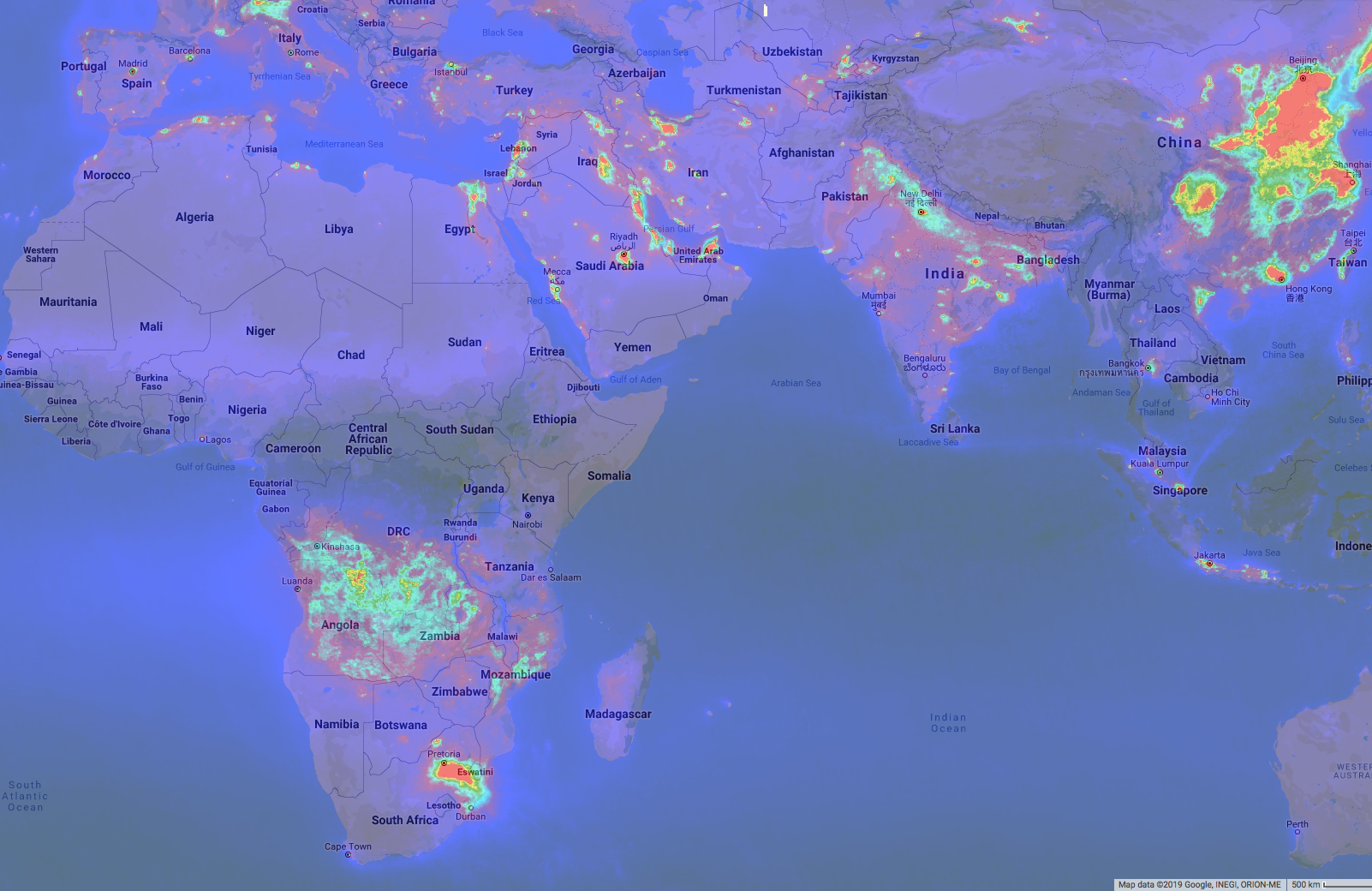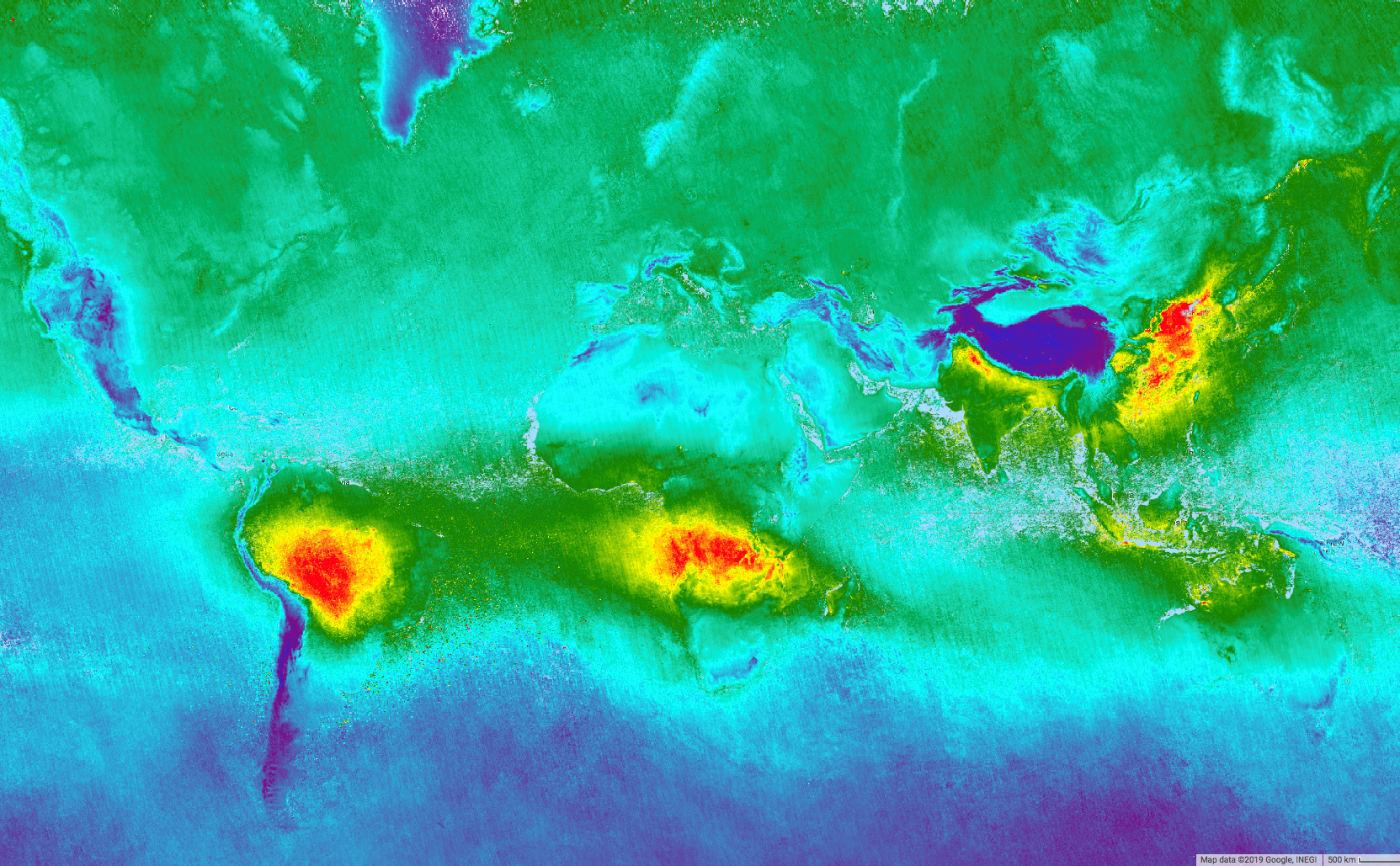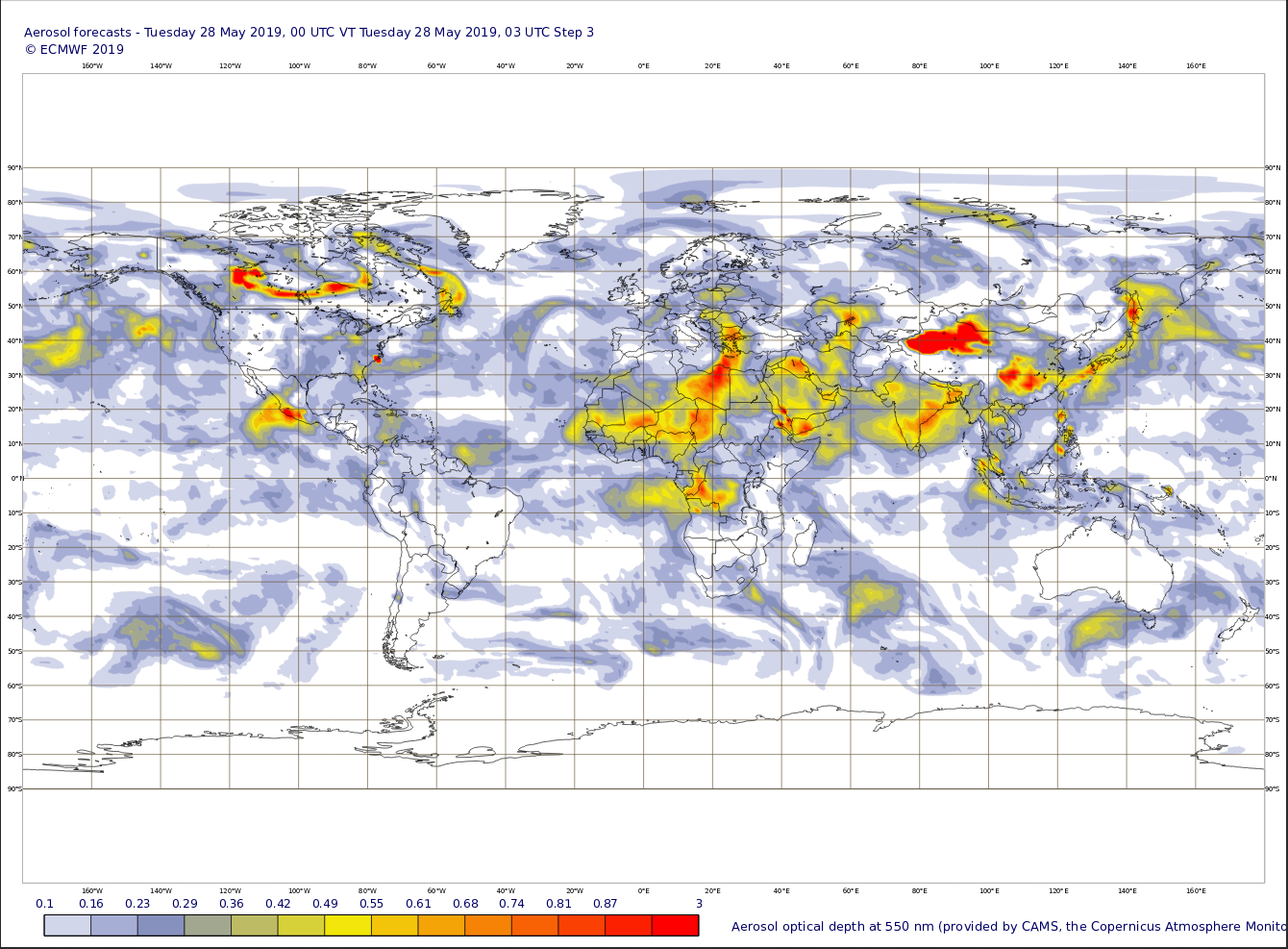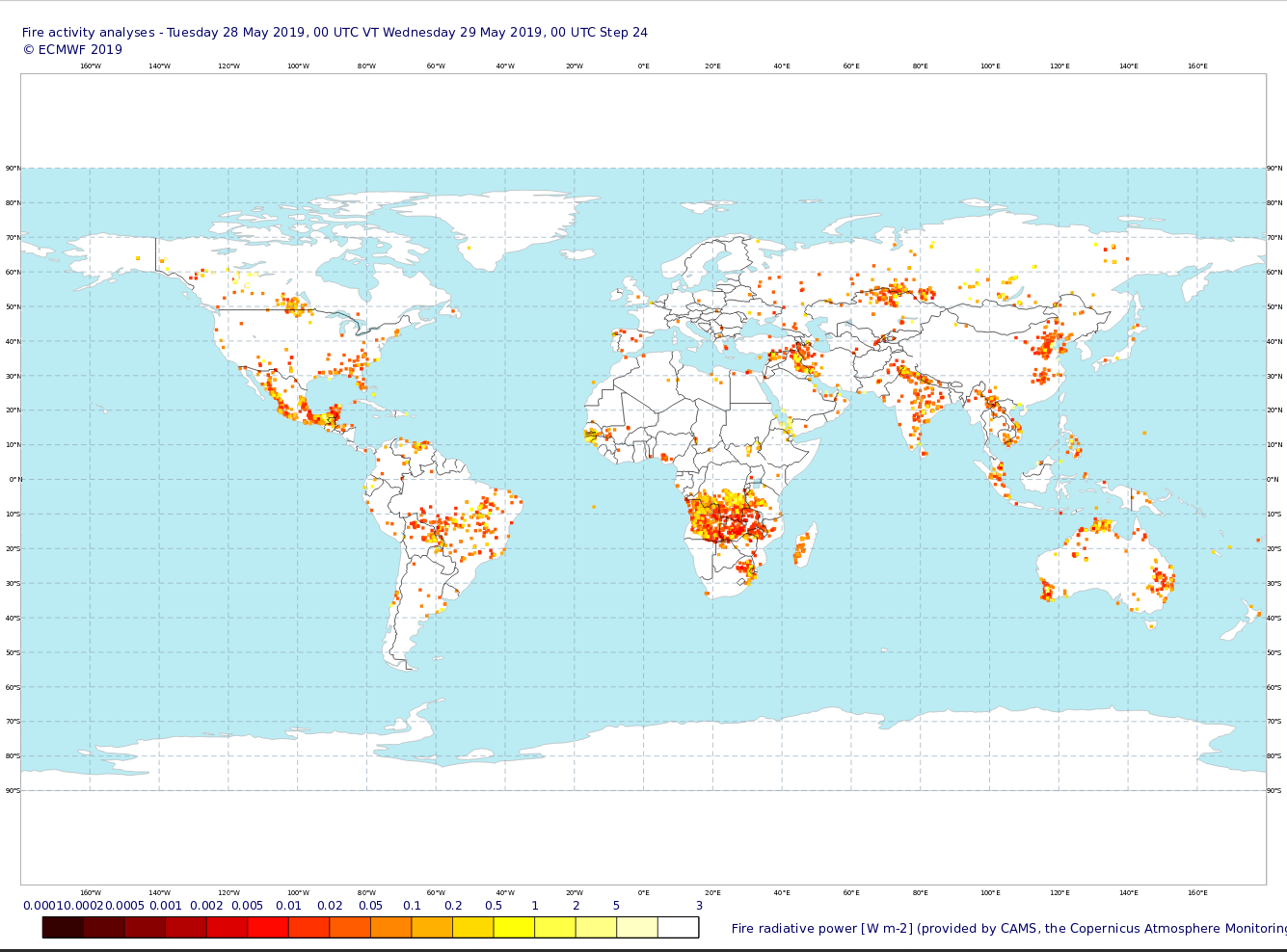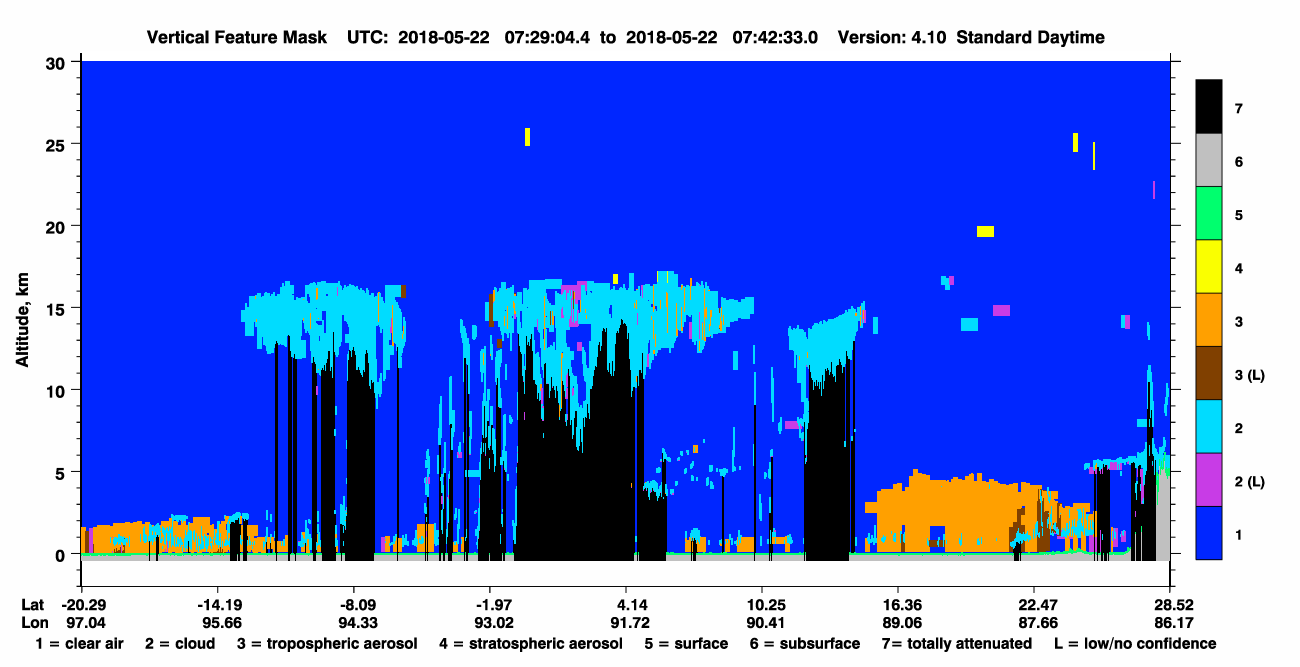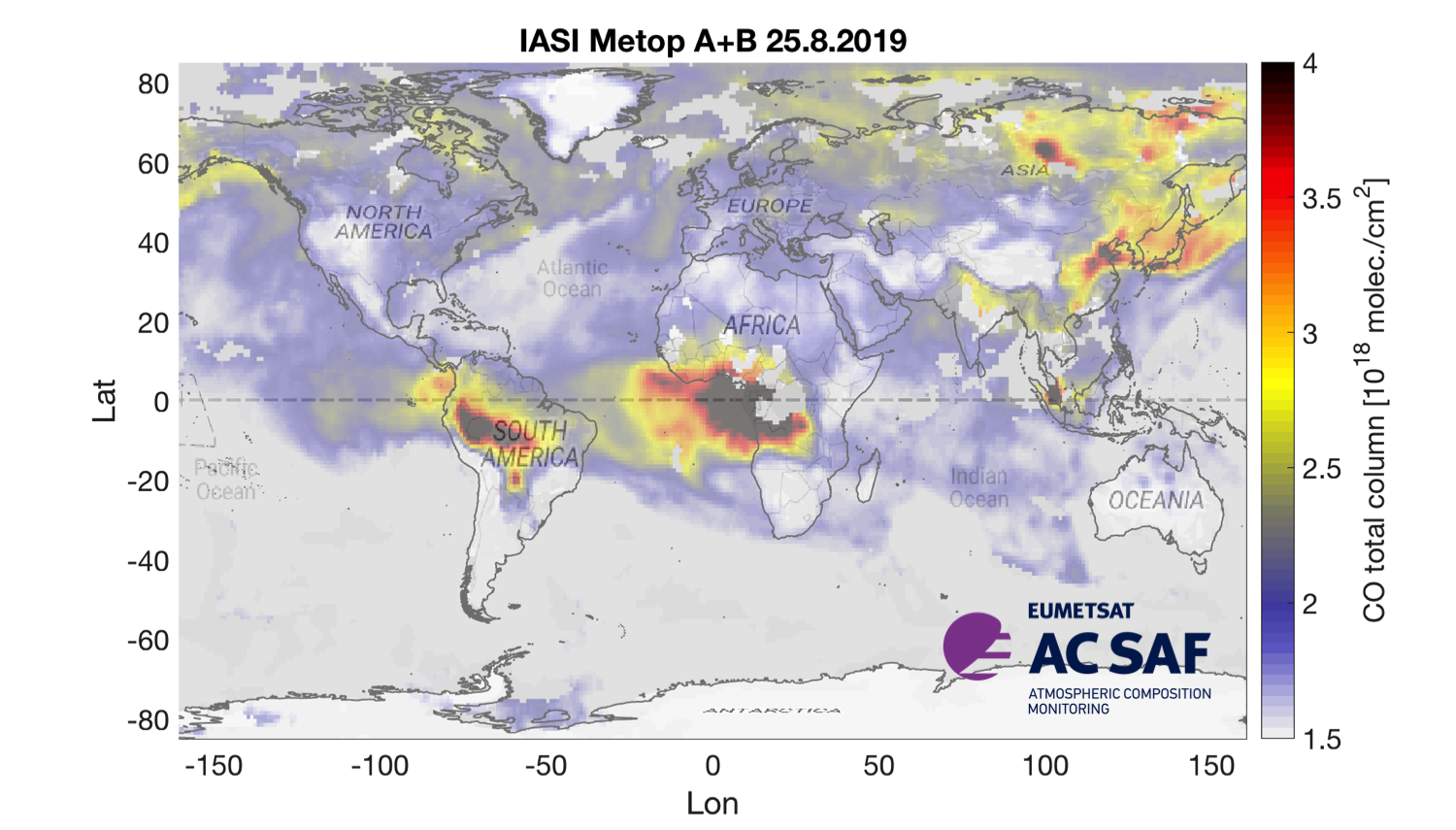The activity makes use of datasets and tools. It is a good idea to get ready before to be efficient on your mini projects. We recommend you to:
1. Get ready by downloading the data. You will be introduced to these datasets, but you can also bring your own data. Datasets will include principal compounds from:
It is recommended to subscribe to the datasets (where required) before the school and be able to download the products / species of your interest.
2. Get ready with the tools to handle the data.You may still make use of your own software, but we encourage you to download and familiarize with the tools we will use in the school.
A large part of the practical sessions will be available on a JupyterHub instance. JupyterHub is a pre-defined environment that gives learners direct access to the data and Python packages required for following the practicals.
We invite you to browse through the content on the JupyterHub before the course. It is a safe learning environment, where you can make changes to the code and test the same code with e.g. a different dataset.
How to access the JupyterHub:
Once you are logged in, we recommend to get started with the index_ltpy_v01.ipynb, which gives you an overview of the course material available and other useful information.
NOTE: if you log into JupyterHub, a docker image will be created. To have a clean environment for the training course, we will delete all docker images before the course starts.
In addition you may use other existing tools as for instance:
These tools will also be run inside a Python environment. For this we advise also to make a local installation.
3. Make your local installation of python
To reproduce the course modules on your local setup, the following Python version and Python packages will be required:
Python version: Python3
Python packages include xarray, netCDF4, numpy, matplotlib and cartopy.



